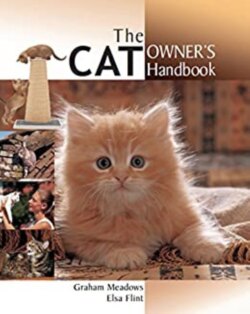Читать книгу The Cat Owners Handbook - Graham Meadows - Страница 8
Domestication
ОглавлениеFor the cat, as for other domestic animals, the process of domestication occurred over a long period of time. Wild cats would have associated with humans once the latter stopped being hunter-gatherers and formed permanent settlements, grew grain crops and set up grain stores. Grain stores would have attracted mice and rats, which in turn would have attracted wild cats.
Any sensible agriculturist would quickly have seen the advantage of encouraging these cats to help control the vermin, so a loose but mutually beneficial association would have been forged.
Many statues were made of the Egyptian cat goddess Bast. This bronze figure is dated between 664 and 525BC.
Just when the process of domestication started is unclear, though, and our estimates rely on archaeological discoveries and the excavation of cat remains that can be shown to be closely associated with humans. Although various cat remains have been found in Egyptian archaeological sites dating to 6700BC, there is no firm evidence that these were domesticated animals, and they are more likely to have been wild cats. If you accept that finding a cat skeleton buried with a person is evidence that the cat was domesticated, then a 7000-year-old burial site at Mostagedda, in Egypt, is evidence enough. There, excavations revealed a man buried with two animals at his feet: a cat and a gazelle.
If this doesn’t convince you, then you need to move forward 2500 years and to the earliest depiction of cats in Egyptian tomb art. Cat remains recovered from an archaeological site in the Indus Valley, dated at 2000BC, could well be from a domesticated variety, and paintings and inscriptions from the same period portray cats in situations that suggest that they were domesticated.
